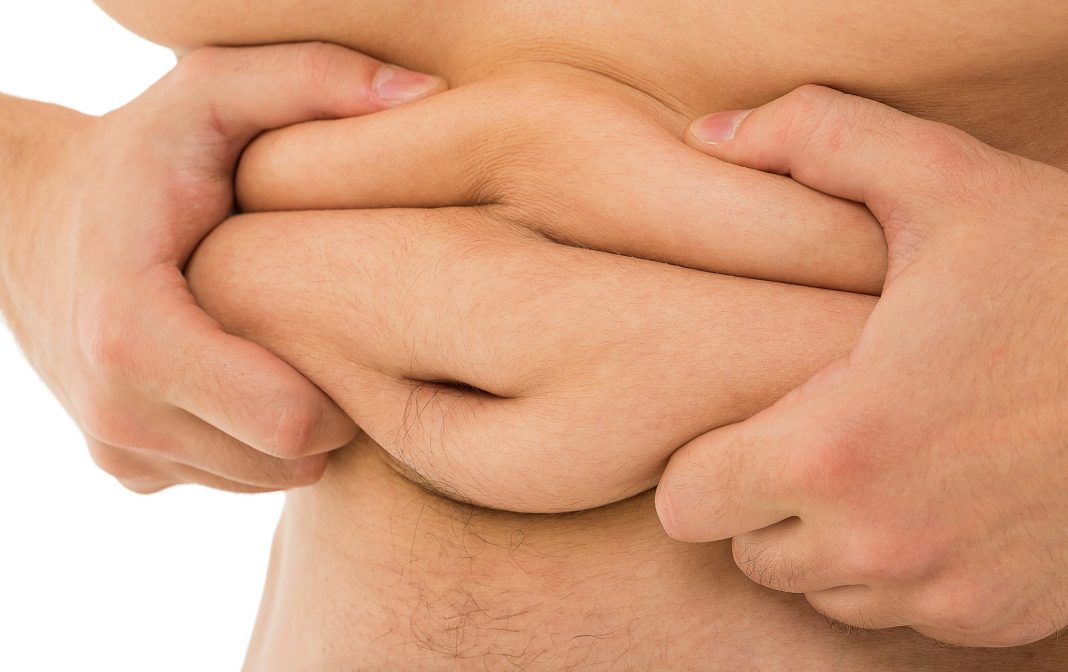Whether you’re looking for a regular fitness and diet routine ideal for your athletic needs or trying to start a new diet to shed some pesky pounds, there is no shortage of diet plans promising amazing results.
While people embrace various weight-loss strategies, some earning scientific approval and some not, two diet plans have stood the test of time. Both the keto diet and intermittent fasting have proponents that claim these diets are the path to long-lasting weight-loss success.
Before you overhaul your diet, it’s important to make sure the research stands up. Even if a diet delivers weight loss for some people, it may not be right for your specific needs.
Both the keto diet and intermittent fasting programs require you to stick with a routine that can be challenging at times. These diet plans both offer flexibility, but picking the right one can set you up for weight loss success before your first day on a new diet.
The Keto Diet
This diet primarily focuses on what you eat, following a meal plan that almost entirely cuts carbs while also reducing protein intake. The bulk of what you’ll eat is fats and low-calorie foods, including healthy vegetables. However, this doesn’t mean a diet full of processed foods and butter. The keto diet recommends a balanced routine of healthy fats including, avocados, olives, and fatty fish like salmon.
The keto diet works by cutting carbs to force your body into the state of ketosis. When your body doesn’t have enough carbs or glucose, the easiest source of energy for the body to digest, it turns to fat. This leads to a quicker reduction in body fat levels and rapid weight loss.
Followers of the keto diet report their cravings for food became less intense, and they eventually had an increase in energy. The benefits can be accelerated by using MCT oil on the keto diet to reduce cravings and boost ketones.
While some keto dieters report early downsides like feeling tired, light-headed, or queasy, these usually pass as your body adjusts to the keto diet’s chemical changes. A balanced diet including meats, seafood, nuts, eggs, dairy, and vegetables work well and can promote consistent weight loss without compromising nutrition or enjoyment from food.
Intermittent Fasting
If you worry about the restrictions on what you can eat on the keto diet, intermittent fasting plans offer more choices. The restrictions that compose its weight-loss power are in when you can eat.
Your body is essentially running a balance sheet, with the calories you use balanced against the ones you consume. Weight-loss happens when you use more calories than you take in, and this diet restricts calorie intake to certain periods to make it easier to keep track. To track your progress, you can check for a weight loss app on iOS or Android.
The diet’s benefits include keeping your body’s insulin levels low (which makes it easier for your body to access fat stores) and encouraging cell repair. Intermittent fasting has been shown to boost growth hormone production. Negatives can include fatigue and strong cravings, so it’s important to know what you plan to eat when the fast period ends so you make satisfying choices.
Intermittent fasting isn’t a one-size-fits-all plan, and people follow different schedules. A popular one is the 16/8 method, where people only eat for eight hours a day and fast the remaining 16, including their sleep period.
This schedule gives the body a long time to reap the benefits of intermittent fasting every day. Other plans involve fasting for a full 24 hours once or twice a week or limiting calories to only 500-600 on two non-consecutive days of the week and eating normally the others.
Does One Method Work Better Than the Other?
The answer to this question depends on how you eat and what you find easier to restrict. If you have cravings for an item that won’t pass on the keto diet, you might find intermittent fasting easier. But someone who is a habitual snacker through the day should probably consider keeping a stock of keto-friendly snacks on them and sticking to that diet. It’s also possible to combine both diets, sticking to a keto diet plan during the periods in between intermittent fasting.
Two Paths to Weight-loss Success
Experimentation is often the path to long-term success in weight loss. Don’t be afraid to try these diets and see how you feel after a few days on each. These diets are designed as long-term weight-loss plans, so finding the diet that works for you is worth the time and investment.









